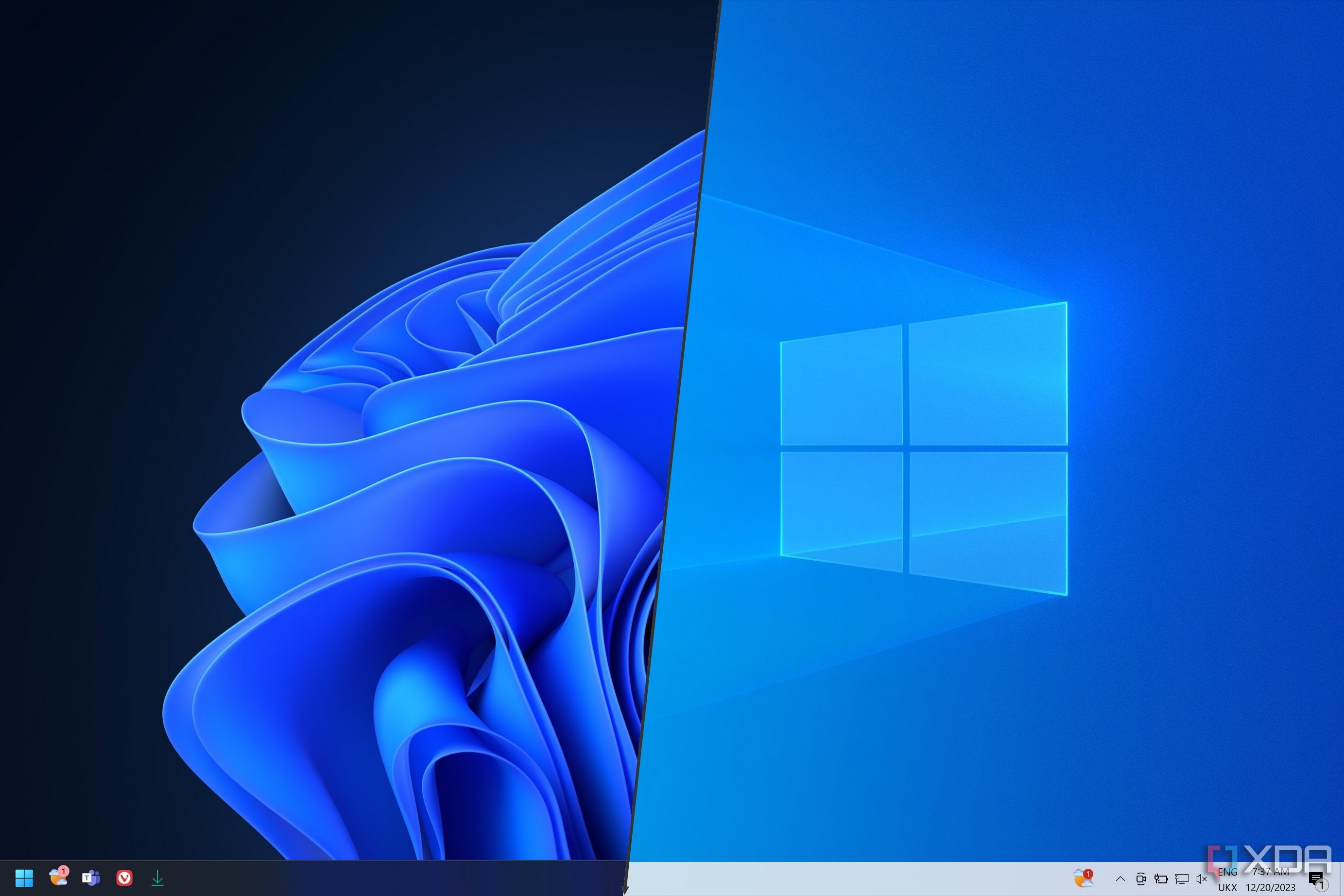Summary
- Microsoft possibly lost 400,000 Windows users in 3 years, as a recent blog post hinted.
- Speculation suggests users may have moved to iOS or Linux due to Windows 10's end-of-life.
- Unclear why Microsoft reduced user count claims, raising questions about potential user loss.
How long do you think Windows will remain the most popular operating system in the world? Well, if one piece of speculation turns out to be true, it may lose its lead faster than you may think. Someone has spotted some strange wording in a recent blog post hinting that Windows has possibly lost 400,000 users in the last three years, and while there are several potential reasons as to why, it's impossible to say for sure.
Microsoft seemingly claims that its Windows user base fell by 400,000 users in three years
As spotted by Tom's Hardware, Ed Bott of ZDNet spotted something strange in a recent blog post made by Microsoft. The piece is titled "Stay secure with Windows 11, Copilot+ PCs and Windows 365 before support ends for Windows 10," and if you're getting a sense of deja vu, it's because this article has been a goldmine for stories lately. For example, there's the printed story about how Windows 10 users are getting a free extension to their support, but it also highlighted Microsoft's slightly skewed claim that Windows 11 PCs are 2.3x faster than Windows 10 ones.
Now, we dive back into the article to analyze a strange claim that Yusuf Mehdi, Executive Vice President and Consumer Chief Marketing Officer of Microsoft, made in that post. Ed Bott noticed that the company kicked off their article with this claim:
Today, Windows is the most widely used operating system, powering over a billion monthly active devices through an open and flexible platform that connects people, ideas and innovations on the Windows PCs they use every day around the world.
Doesn't seem weird on the surface, right? Well, the key here is how reductive Microsoft is when claiming how many people use Windows. Back in 2022, they claimed they had 1.4 billion users, which was 100,000 more than they had the year before. So, why is Microsoft suddenly reducing that down to "over a billion"? Is it possible it's because it lost 400,000 users and are still trying to keep its lofty claims without lying?
Your main argument against this point was that, well, 1.4 billion is still very much under the umbrella of "over a billion," so perhaps Microsoft just summarised the number. However, Ed Bott feels that it's not that easy a counterargument:
Make no mistake about it: When a top Microsoft executive publishes a number like that, it's not some guesstimate; it's considered material information, the sort of data that moves markets and makes the stock price rise or fall. As a result, those numbers are reviewed carefully by the legal department. If the number was still 1.4 billion or even 1.3 billion, that blog post would have said so.
So, if 400,000 people really did vanish, where did they go? Well, there's the speculation that some moved to iOS, and others to Linux. This may have happened due to Windows 10's end-of-life date fast approaching, and faced with the decision to either lose support in October of this year or purchase a Windows 11 PC, people took the third option and left Microsoft's ecosystem altogether. There's also the possibility that people are ditching desktops for mobiles and tablets.
While this may have just been bad wording on Microsoft's part, it's definitely suspicious that the company didn't outright say how many users they have. I suppose we'll have to wait and see if people truly are leaving Microsoft or not.
.png)












 English (US) ·
English (US) ·